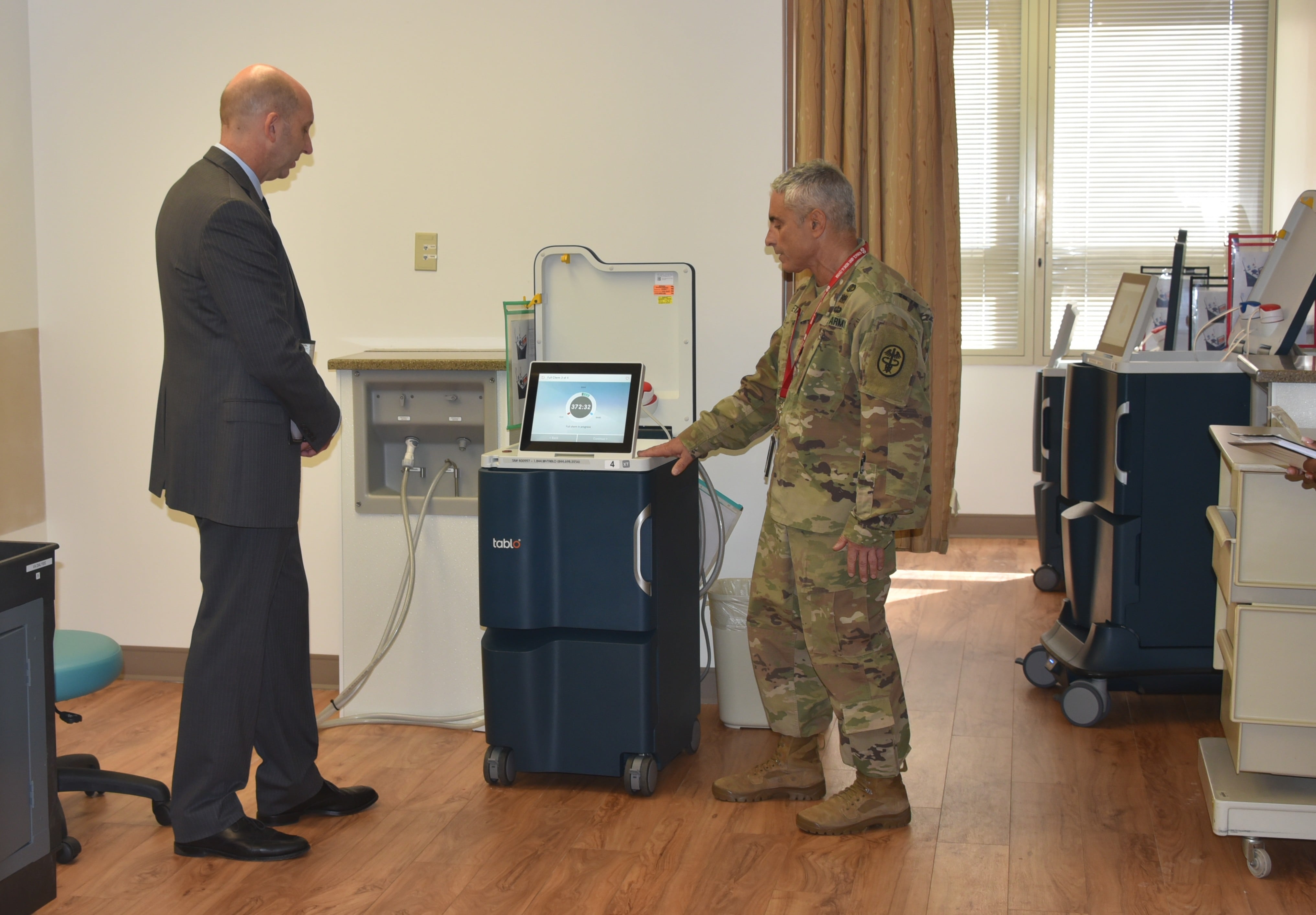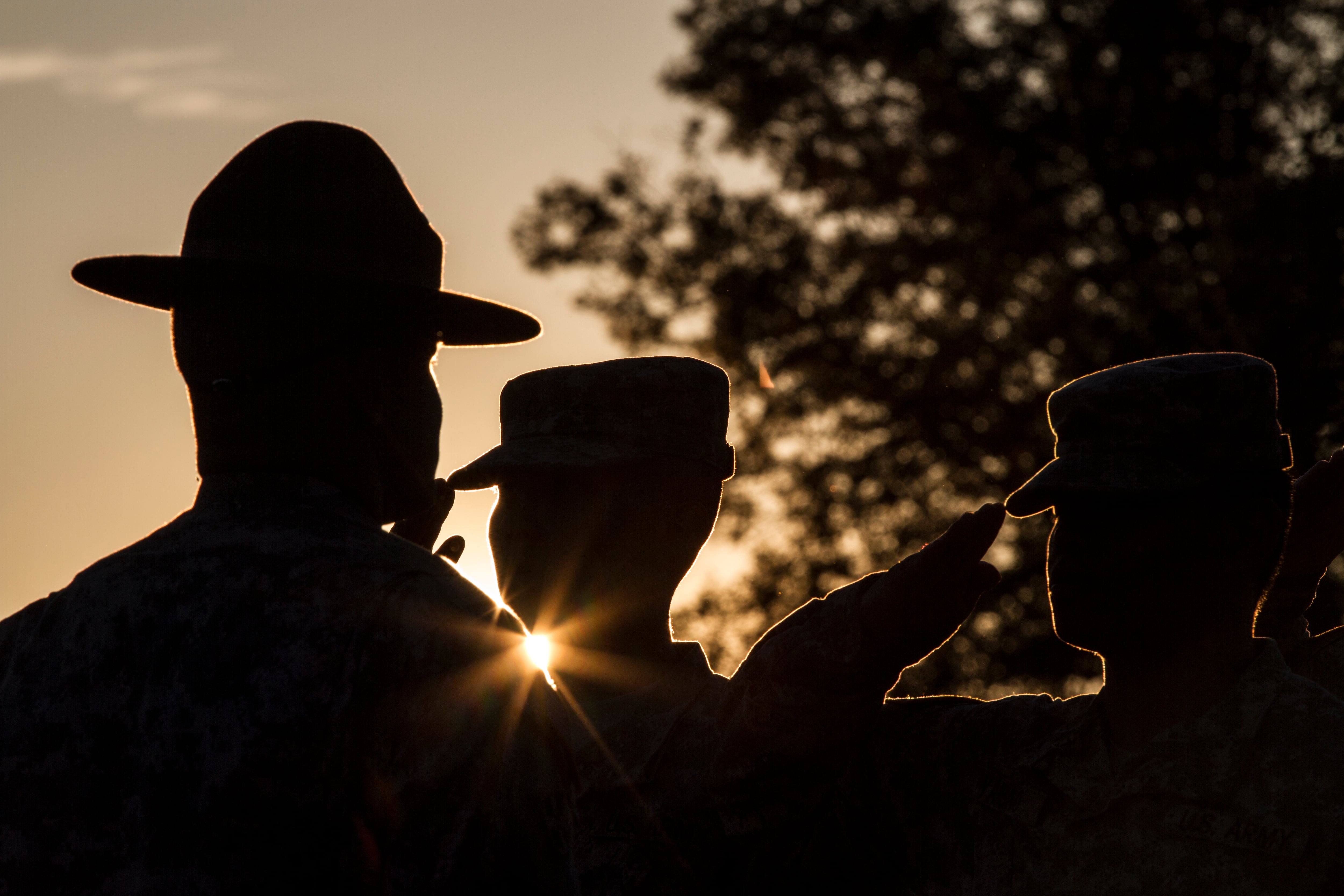Defense Health Agency officials have launched an effort to bring back Medicare-eligible Tricare for Life military patients to their treatment facilities, the Pentagon’s top doctor said this week.
They are prioritizing bringing back these retirees and their dependents back to 21 military treatment facilities, Dr. Stephen Ferrara, acting assistant secretary of defense for health affairs, told a Military Officers Association of America conference Oct. 28.
“Those are the folks we really want. We love to have our seniors at MTFs,” Ferrara said.
They’ve chosen the 21 locations, based on the specialists available and the capability of the facilities, he said. The locations are reportedly larger, major military medical centers. Defense Health Agency officials would not answer a Military Times question about the specific locations, saying they cannot provide any information until the government shutdown ends “because it’s not an excepted topic.”
In various roles over the last 30-plus years, including 25 years as an active duty Navy surgeon, Ferrara said, he has watched the “whipsawing back and forth” of these patients, in terms of their ability to get care at MTFs or being forced out into the private sector to get their health care.
“It’s frustrating for the patients,” he said, and as a surgeon, “those are the patients I want to see” because older patients have more complex and advanced conditions.
Those MTFs are platforms where medical providers sharpen their skills as they take care of a wide variety of patients, he said, and it is a key element of readiness.
“I focus on readiness, because that’s what I owe the secretary,” Ferrara said, adding that one way of achieving that is by having “high-volume, high-complexity, busy MTFs.”
Defense Health Agency officials could not provide information about whether this effort is related to last year’s directive from former Deputy Secretary of Defense Kathleen Hicks, ordering sweeping changes to boost staffing at military medical facilities, increase access to care for benefits and attract more patients back to MTFs.
Hicks cited problems that had led to “chronically understaffed military treatment facilities and dental treatment facilities.
Defense Health Agency officials could not respond to questions about the status of that effort.
Karen has covered military families, quality of life and consumer issues for Military Times for more than 30 years, and is co-author of a chapter on media coverage of military families in the book "A Battle Plan for Supporting Military Families." She previously worked for newspapers in Guam, Norfolk, Jacksonville, Fla., and Athens, Ga.





